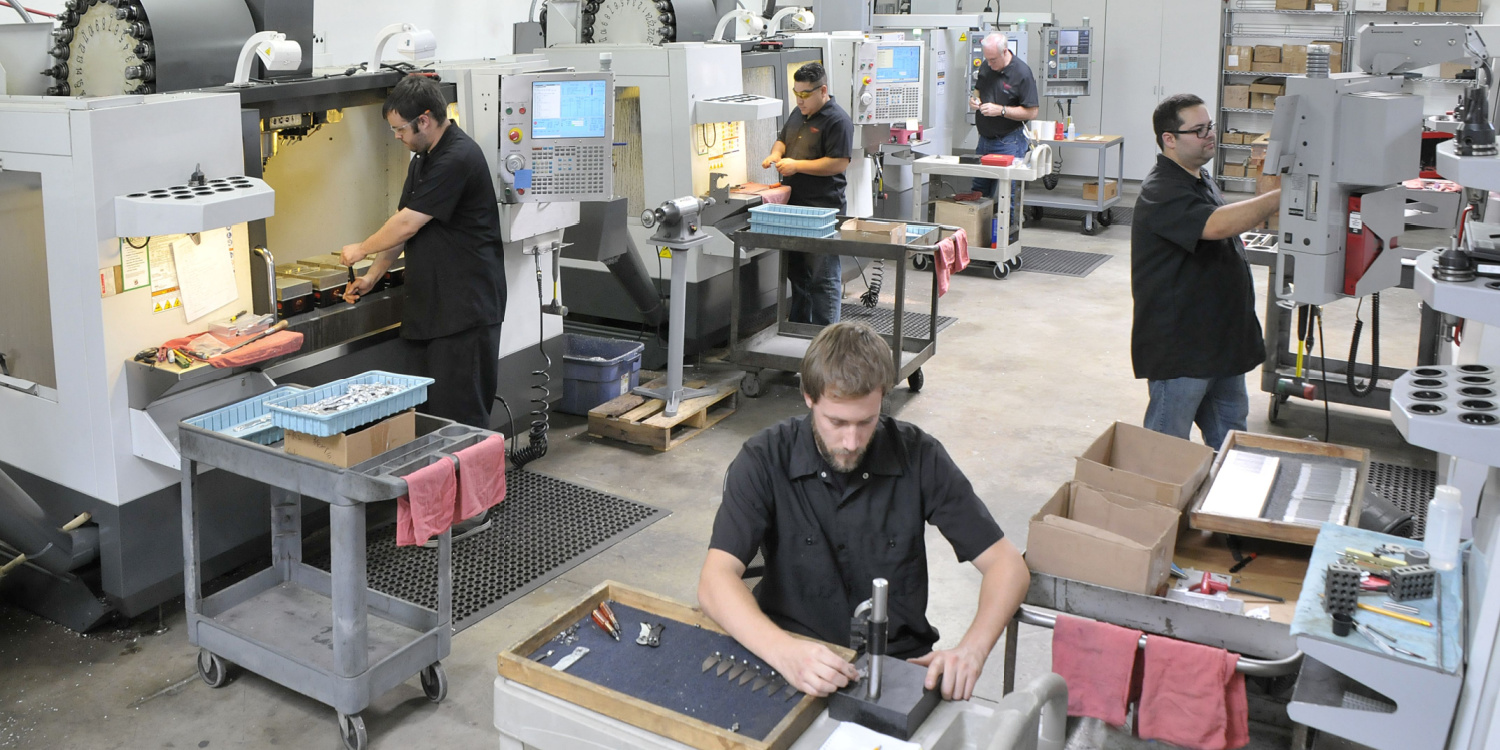In the competitive world of machining, cost estimation is key. It’s vital for profit and growth. Machine shops need to balance pricing and costs. This blog series will explore different machine shop estimating methods. We’ll look at their pros and cons, and how to pick the best one for you.
Part 1: Introduction to Machine Shop Estimating Methods
This first post will give an overview of machine shop estimating. We’ll discuss why accurate estimates are important and introduce different estimating methods. Finally, we’ll cover these in more detail in later posts.
Overview of Machine Shop Estimating
Machine shop estimating is about figuring out the cost of making a part. It considers labor, materials, overhead, and other costs. Accurate estimates are key for setting prices, figuring out job profitability, and managing resources.
In machining, parts can vary a lot in complexity. Some parts need only a few operations. Others need many operations on different machines. So, the cost of production can vary a lot. That’s why a reliable and accurate estimating method is crucial.
Importance of Accurate Estimating
Accurate cost estimation is crucial for machine shops. Here’s why:
Pricing
Machine shops need to understand their costs to set competitive prices. Accurate estimates help them do this. They can set prices that are competitive and profitable.
Profitability
Accurate estimates can help machine shops find ways to cut costs or optimize. This can boost profitability. For example, if a shop estimates a job will need a certain amount of material, but it consistently uses less, the shop can adjust its estimates and potentially cut costs.
Resource Allocation
Understanding the costs of different jobs helps machine shops allocate resources better. They can make informed decisions on production planning and scheduling. For example, if a job is estimated to be highly profitable, a shop might decide to allocate more resources to that job to complete it quickly.
Customer Relations
Providing accurate estimates helps maintain good relationships with clients. Clients understand the costs and trust they are being charged fairly. This can lead to increased customer satisfaction and repeat business.
Introduction to Various Estimating Methods
In this series, we will delve into the following machine shop estimating methods:
- Experience-based estimating: This method relies on the knowledge and experience of the estimator. It can be quick and effective, especially for simple jobs or when historical data is available. However, it may be less accurate for complex or new jobs.
- Time and materials estimating: This method involves estimating the time required for each operation and the cost of the materials needed. It can be accurate but may be time-consuming to calculate.
- Machine-hour estimating: This method estimates the cost based on the number of hours each machine will be used. It’s useful when machine usage is the primary cost driver, but it may not account for other costs such as labor and materials.
- Cost-based Estimating: This method involves calculating the total cost of all resources used in the production process. It can be very accurate but requires detailed data on all cost components.
- CAM cycle time estimating: This method uses computer-aided manufacturing (CAM) software to estimate the cycle time for each operation. It can be highly accurate for CNC machining but requires advanced software and expertise.
- Activity-based estimating: This method allocates costs to specific activities or operations, providing a detailed breakdown of costs. It can be very accurate and insightful but requires detailed data and can be time-consuming to implement.
Each of these methods has its strengths and weaknesses. The choice of method will depend on various factors. These include the complexity and variability of the job, the availability of data and resources, and the goals of the machine shop.
Experience-Based Estimating: A Closer Look
Experience-based estimating is a common method used in machineshops. It’s especially popular in shops that have been around for a while. This method relies heavily on the knowledge and experience of the estimator. They use past data and personal experience to predict the cost of a job.
This method can be quick and effective. It’s especially good for simple jobs or when historical data is available. However, it may be less accurate for complex or new jobs. This method relies heavily on the skill and judgement of the estimator, which can vary between individuals.
In our next post, we will delve deeper into the pros and cons of experience-based estimating. We’ll discuss when it might be most appropriate to use this method. We’ll also provide tips on how to improve the accuracy of experience-based estimates.
The Future of Machine Shop Estimating
As we move forward in this series, we will explore each of the above-mentioned estimating methods in detail. We’ll discuss their advantages, disadvantages, and best use cases. We’ll also discuss the role of technology in machine shop estimating, including the use of software tools and automation.
In today’s fast-paced and competitive manufacturing environment, accurate estimating is more important than ever. By understanding the different estimating methods and choosing the one that best fits your needs, you can ensure that your estimates are accurate, competitive, and profitable.
Conclusion
In conclusion, machine shop estimating is a critical aspect of manufacturing. It directly impacts a company’s profitability and competitive standing. By understanding and implementing effective estimating methods, machine shops can optimize their operations, make informed decisions, and ultimately, achieve their business goals. Stay tuned for the next post in this series, where we will delve deeper into the world of machine shop estimating.
Looking for further reading? Consider checking out these articles:
- Part 2 – Experience-Based Estimating
- Part 3 – Time and Materials Estimating
- Part 4 – Machine-Hour Estimating
- Part 5 – Cost-based Estimating
- Part 6 – CAM Cycle Time Estimating
- Part 7 – Activity-Based Estimating
- Part 8 -Choosing the Right Estimating Method for Your Machine Shop
- Micro Estimating – Products and Solutions
Join us on this journey as we explore the fascinating world of machine shop estimating.




0 Comments